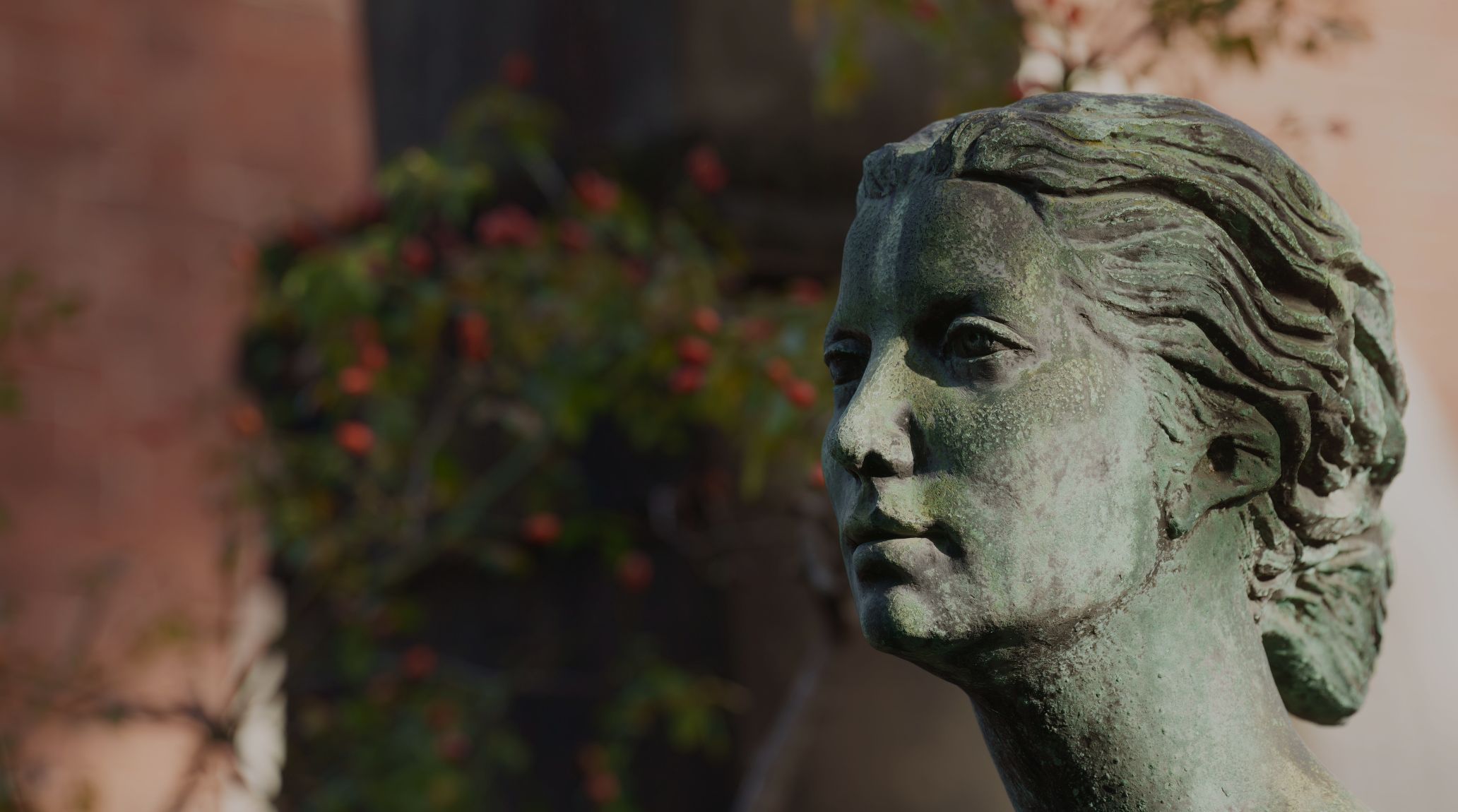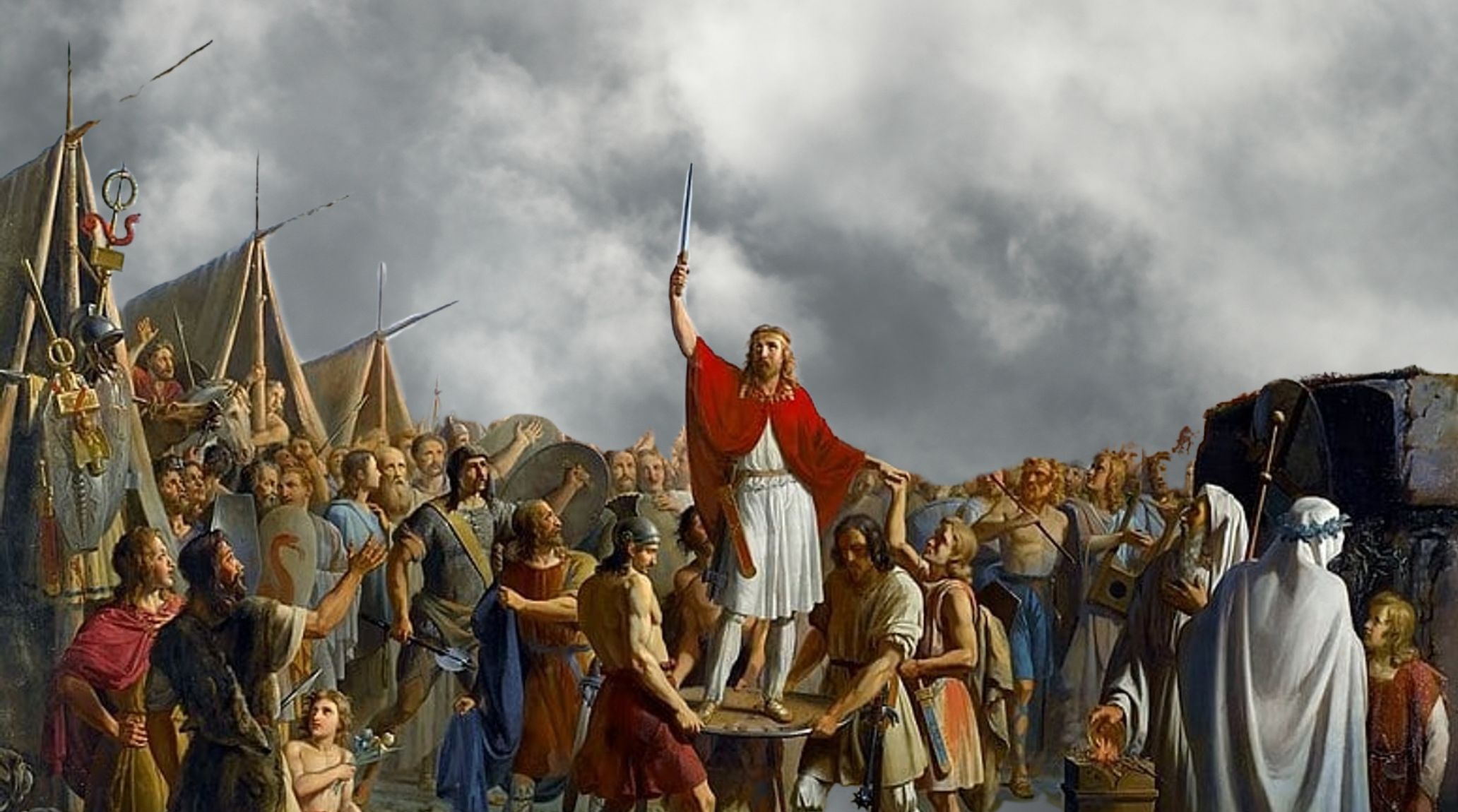
“
The Franks and the Merovingian Dynasty played a crucial role in shaping medieval Europe. This fascinating dynasty, founded by King Clovis I, marked the rise of a powerful Frankish kingdom that influenced politics, culture, and religion. Known for their unique blend of Roman and Germanic traditions, the Merovingians were instrumental in spreading Christianity. 1
1
”
The Franks, a Germanic tribe, emerged as a dominant force in Europe during the early medieval period, establishing their kingdom in present-day France, Germany, Belgium, and the Netherlands. 1
The Merovingian dynasty ruled the Franks from the 5th century until 751. Initially part of the Roman army in northern Gaul, they united all Franks and northern Gallo-Romans by 509. 2
The Merovingians, known as "long-haired kings," symbolized their right to rule with long hair. Rivals were often tonsured and sent to monasteries, as short hair marked a ruler as unfit. 3
Childeric I's son, Clovis I, united the Franks, converted to Christianity, and conquered Gaul. The kingdom was divided among Clovis's sons, remaining so until 679, with few brief reunifications. 4
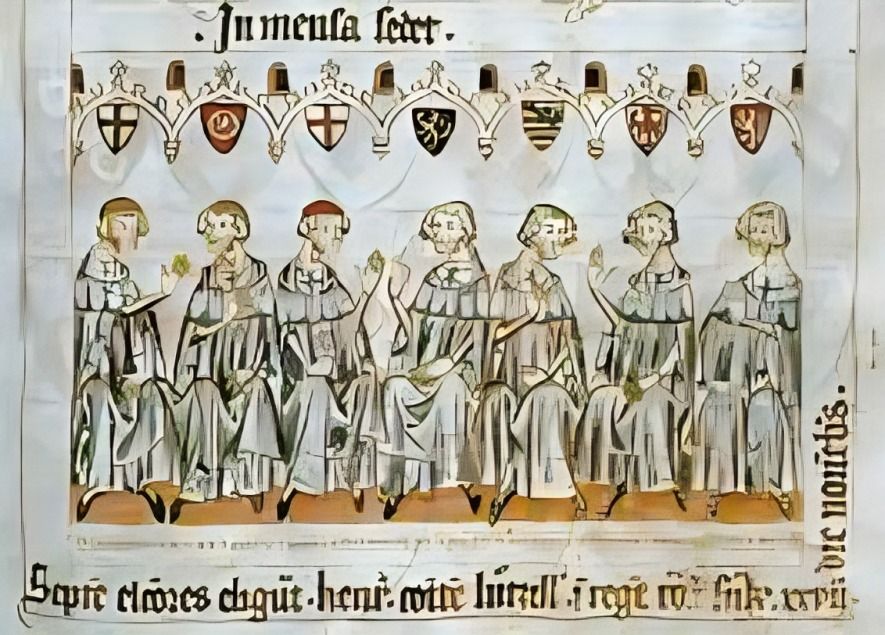
The Salic Law, created around 507–511 during Clovis's reign, was a key Teutonic legal code. It was reissued by his descendants and later adapted by the Carolingians and translated into Old High German.
Clovis's death in 511 led to the division of his united kingdom among his four sons, weakening Merovingian central power. This fragmentation caused internal conflicts and foreshadowed future challenges for the dynasty. 5
In 584, Chlothar I reunited the divided Frankish Kingdom, becoming its sole ruler. Through military campaigns and alliances, he consolidates power, bringing a brief period of unity and stability to the Merovingian Dynasty. 6
Dagobert I, the last powerful Merovingian king, was succeeded by weaker rulers. Kings became "do-nothing" figures, with mayors of the palace gaining control, pursuing their own interests instead of royal authority. 7
The Battle of Tertry in 687 ended conflicts between mayors, with Pepin the Middle becoming the political ruler. His sons inherited this power, dividing the realm under a single king's rule. 8
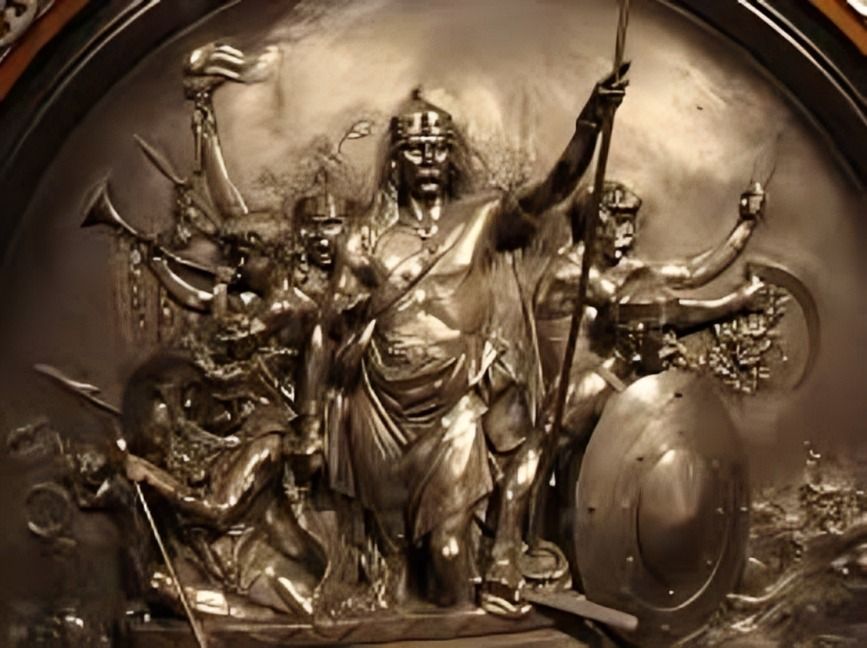
After victories in 718 and 732 limited Islamic expansion, Charles Martel ruled without a king. In 751, his son Pepin displaced the last Merovingian, becoming king with the support of nobility and Pope Zachary.
Merovingian kings redistributed wealth and land among followers, treating the kingdom as a patrimony. While some scholars argue they lacked a sense of res publica, others criticize this view as oversimplified. 9
Kings appointed magnates as counts to handle defense, administration, and disputes in a newly isolated Europe, where the Franks gradually took over Romanized regions of Gaul, lacking Roman taxation and bureaucracy systems. 10
Before Theudebert I minted his own coins, Byzantine coinage was used in Francia. Theudebert issued distinct Merovingian coins, featuring imperial regalia, while Childebert I was depicted in ancient style on coins. 11
Christianity spread to the Franks through Gallo-Roman culture and missionaries like St. Columbanus. Merovingian kings strategically awarded monasteries and episcopal seats to elites supporting the dynasty, strengthening their power. 12
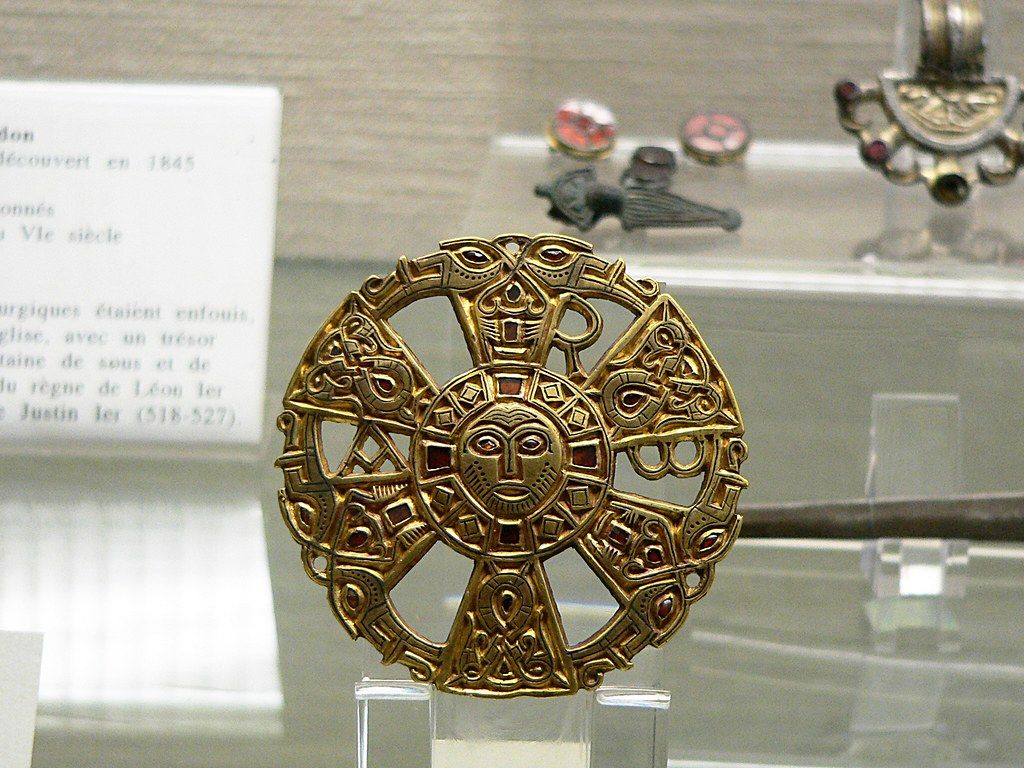
Merovingian art blends Roman classical style with Germanic-Frankish traditions, emphasizing abstraction and geometric patterns. By the late 5th century, the Germanic style increasingly dominated.

